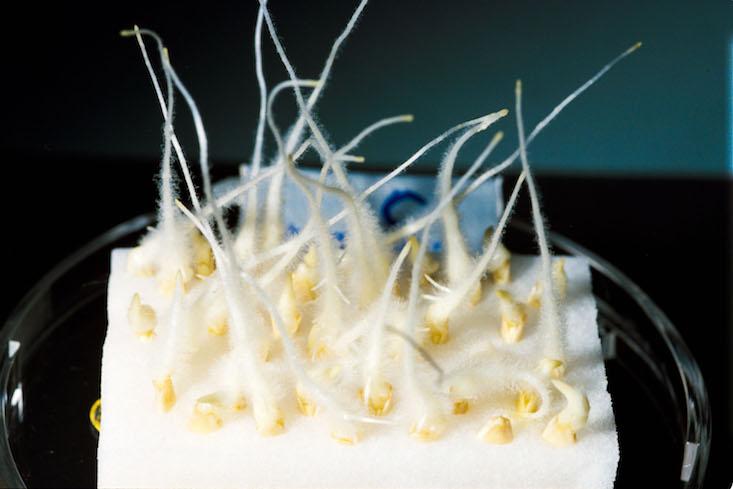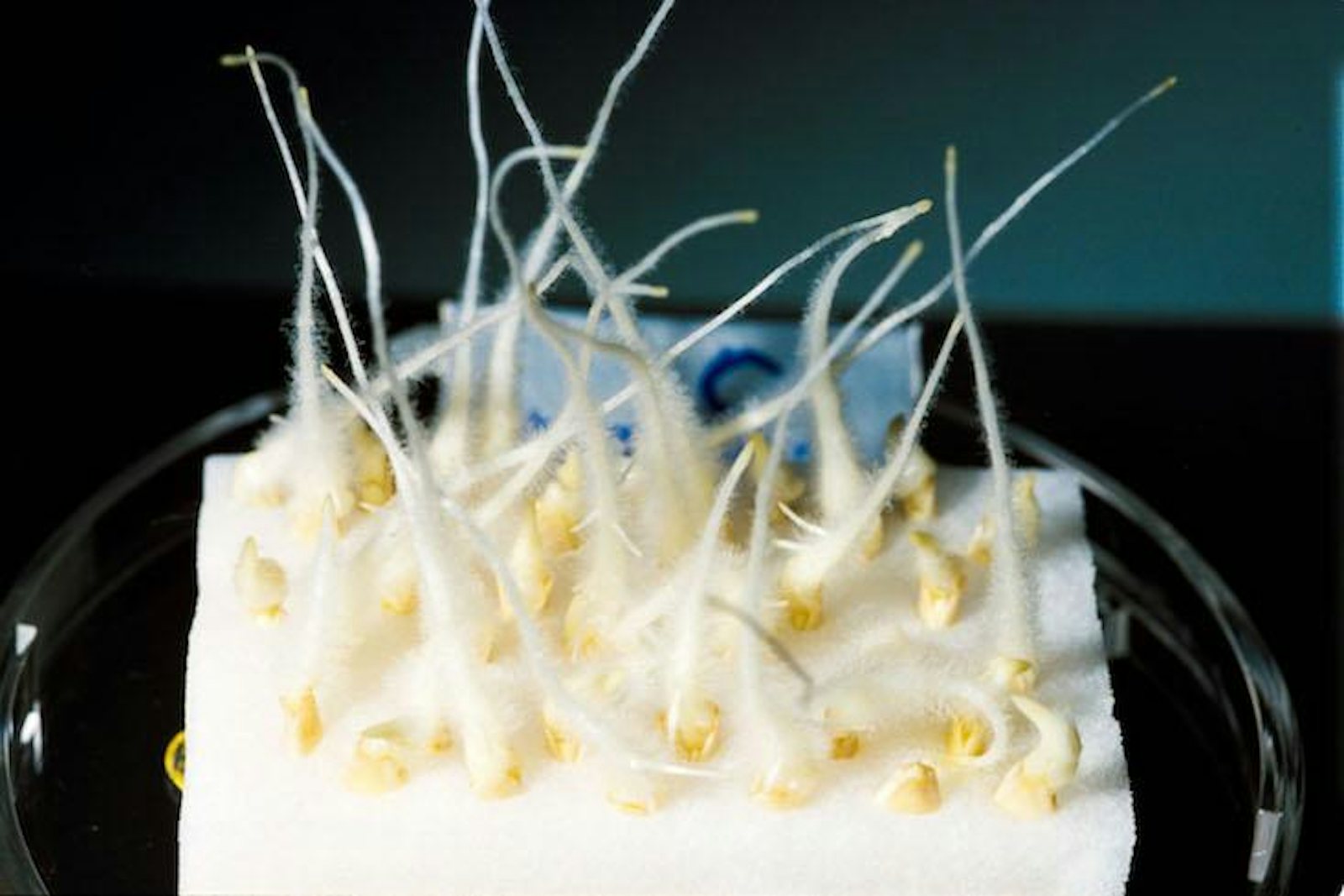
Last month, when the mayor of New Orleans, Mitch Landrieu, presided over the removal of a statue of Robert E. Lee, he gave a speech that would go viral. In it, he rebuked the South’s long-nurtured tendency—expressed in slogans like, “Heritage, not hate”—to romanticize the Confederacy. “We shouldn’t romanticize Confederate monuments,” read a recent letter to The Buffalo News. “The romantics may say that the average Confederate didn’t own slaves. But like most people, they hoped to be rich, and what did most rich people [in the South] have at that time? Slaves.”
Science also has a romanticizing problem—with plants. Viewed under a romantic light, they appear less like passive biological mechanisms than like active, discerning beings. The nadir of this perspective came in 1973, with The Secret Life of Plants, a book that, most memorably, encouraged the idea that plants are almost telepathic. “This might seem harmless enough,” Michael Pollan, author of The Omnivore’s Dilemma, wrote a few years ago in an article for The New Yorker, titled “The Intelligent Plant.” “There will probably always be a strain of romanticism running through our thinking about plants. (Luther Burbank and George Washington Carver both reputedly talked to, and listened to, the plants they did such brilliant work with.)” But some plant scientists think that book left a damaging legacy to the field—chilling some avenues of research and fostering self-censorship among so-called “plant neurobiologists” who suspect, as Pollan puts it, “that there may exist some brainlike information-processing system to integrate data and coordinate a plant’s behavioral response.”
If there ever really was a thick atmosphere of self-censorship, it seems to have dissipated. Last week, researchers from the University of Birmingham and the University of Toronto found, in the dormant seeds of the small rockcress plant Arabidopsis, a “decision-making center” that they believe resembles “some systems within the human brain.” The researchers say this center contains cells that, due to their spatial separation, are able to communicate different temperature readings of the environment, and thereby determine when it’s appropriate for the seed to germinate. “Fluctuating inputs therefore act as an instructive signal for seeds,” the authors conclude, “enhancing the accuracy with which plants are established in ecosystems.” One of the researchers, a bio-mathematician named Iain Johnston, said, “The separation of circuit elements allows a wider palette of responses” to the environment. He likened it to “the difference between reading one critic’s review of a film four times over” and reading four different reviews “before deciding to go to the cinema.”
One curious thing about the researchers’ paper is that the word “decide” never appears, let alone the word “choose.” Instead it’s “decisions” that are “made” or “achieved” by the plant—passive language that is decidedly unromantic. Is this a sort of compromise? The authors can seem to want to have it both ways: to, on the one hand, show that plants decide what to do, but then, on the other hand, describe the decision in the passive voice, as if a decision is something the plant undergoes.
“The bottom line is nature doesn’t care how we conceptualize it.”
How to characterize the way plants behave—if they’re being attacked, say—is something the geobiologist and plant scientist Hope Jahren has spent some time ruminating on. And she’s no longer ambivalent about it. “I talk about that as being a choice,” she told us in her Ingenious interview. “The tree makes a choice. I should talk about that as an allocation, the tree allocates to one task versus another. Now, the fact that allocation is a good word and choice is a bad word, doesn’t mean anything. It’s just a reaction against me breaking that rule, using a word that you identify with, that you use every day in your activities, in your nonscientific activities. The other thing I’d say about making that choice, choosing that word ‘choose’ instead of allocate, is I have earned that. I’m not walking around rubbing the trees and feeling their vibrations for some kind of spiritual message to me. I’m in the laboratory for hours on end for years of my life, studying this and publishing it and discoursing with my peers. I have come to these statements through a process of sincere and industrious earning.”
Part of that process, she says, involves acknowledging the discomfort we have “between enlightenment and romantic views of nature.” She thinks we may ultimately need—or need to discard—both.
“In the romantic version, nature is bigger than we are, it knows more, it’s been here longer, it has ways of sustaining itself and healing itself that we cannot understand. In the enlightenment version, we’re able to control everything about nature, we can fix it, it’s our duty to make it yield, etc. And, of course, neither one of those scenarios is really right. You hear people flip back and forth between the two rhetorics when they discuss environmental phenomenon. You know the green technologies and the solutions is always very enlightenment rhetoric, whereas the conservation strategies, protection of nature is always very romantic rhetoric, and we kind of flip back and forth as the argument serves. But the bottom line is nature doesn’t care how we conceptualize it. This is a purely human endeavor, and nature also doesn’t really need us to conceptualize it. In some ways, there is a lot we don’t understand. I’m not saying it doesn’t matter how we think about nature. I think we always are tempted to succumb to the idea that we’re more important than we are when we talk about the environment. The real challenge is living with the dissonance, living inside the dissonance of those two visions and continuing to work every day and take the measurements and walk the fields and count what’s there and talk to each other about what we see. That’s the challenge.”
Brian Gallagher is the editor of Facts So Romantic, the Nautilus blog. Follow him on Twitter @bsgallagher.






























